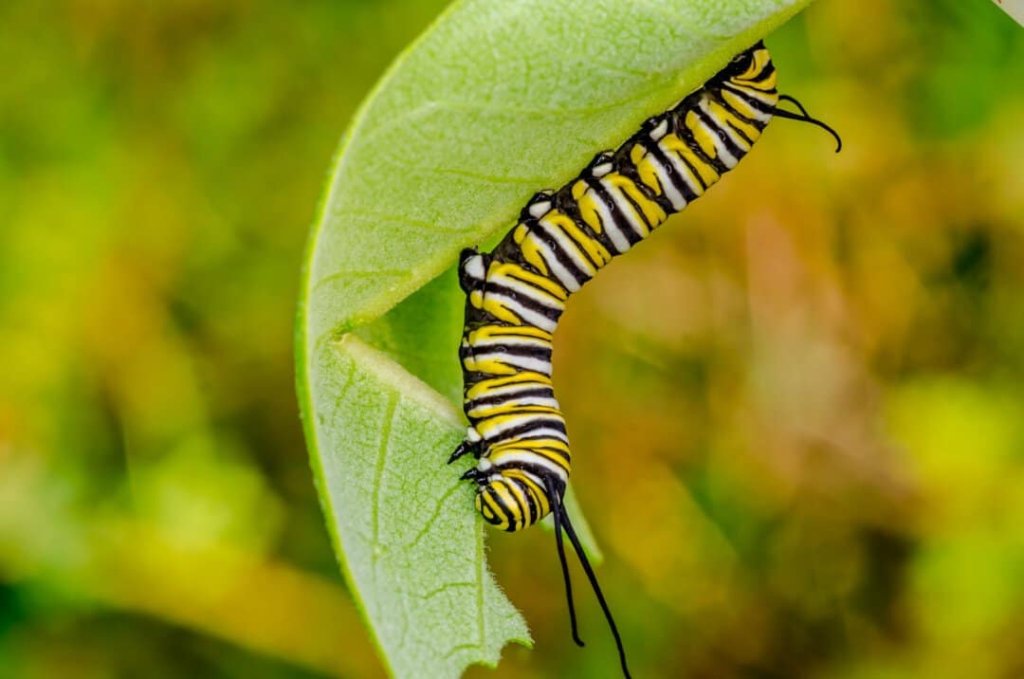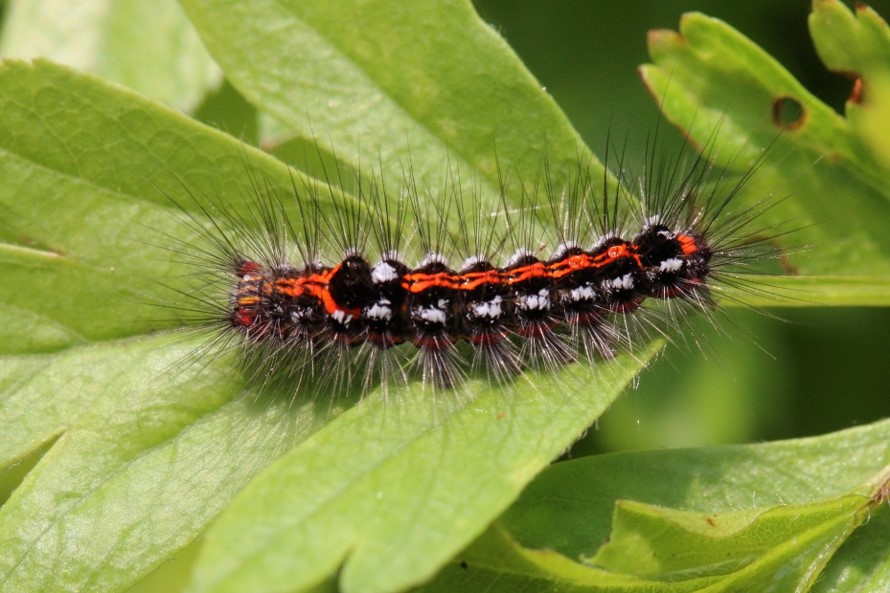Have you ever thought if it’s okay to touch fluffy caterpillars? Caterpillars are those cute, squishy creatures you often see crawling around on leaves and branches. They come in all sorts of colors and sizes, and some of them look super fluffy.
You might have seen them in your backyard or at the park, and you might have been seeking a Caterpillar Identification Guide to understand better and possibly touch one.
But is it safe? Are all caterpillars friendly, or should you be cautious? We’ll start with these little critters, learning about their different types, what they eat, and whether their fluffiness is a sign of friendliness or a warning.
So you’ll better understand whether touching fluffy caterpillars is a good idea and how to do it safely.
Understanding Fluffy Caterpillars
Fluffy caterpillars are loved for their cute and fuzzy look. They have lots of tiny hairs that make them seem soft. These hairs come in different colors, from white and yellow to bright greens and blues. People often wonder if touching these attractive caterpillars is safe because they look so interesting. It’s important to be careful, though. Some fluffy caterpillars may have hairs that sting, making your skin red and itchy. Even though they look friendly, watching them from a distance is better.
The Hidden Dangers of Fluffy Caterpillars

Fluffy caterpillars may seem like they have some unexpected dangers. The main worry is the tiny hairs covering their bodies. These hairs help them stay safe from enemies, even us.
1. Irritating Hairs
Fluffy caterpillars have tiny hair-like things called setae. Some of these hairs can have small barbs or spiky bits that can poke into your skin. When this happens, it can make your skin itch, hurt, or even cause an allergic reaction. Different people react differently to these hairs, so it’s hard to tell how your skin will react. So, if you see these caterpillars, be careful when you touch them to avoid any skin problems.
2. Toxic Secretions
Some fluffy caterpillars aren’t just cute. They can cause problems. One famous troublemaker is the saddleback caterpillar. It has spiky things that can really hurt and make your skin itch. There’s also the puss caterpillar. It might look harmless, but it’s not. People call it the toxic toupee because it’s sneaky. If you touch it, it can give you strong pain from its powerful venom. So, don’t forget that not all fuzzy caterpillars are friendly.
3. Skin Reactions
When you touch those fluffy caterpillars, it can give you skin trouble. If your skin is sensitive or you’re allergic to the caterpillar’s yucky stuff, it might turn red, puff up, or give you hives. These skin problems can be pretty uncomfortable. So, if you ever come across these fluffy critters, be careful, especially if your skin doesn’t get along with them.
How to Safely Interact with Caterpillars

Be cautious when you see fluffy caterpillars outside because they might be unsafe to touch.
1. Observe from a Distance
To enjoy fluffy caterpillars, stay far away. You can use binoculars or a camera with a zoom lens to see them up close without touching them. These soft, furry creatures are interesting to watch as they crawl and eat leaves. Some caterpillars have tiny hairs or spines that might make your skin itch if you pick them. So, it’s better to look at them from a distance. Binoculars help you see them clearly, showing their bodies’ small details and colors. Or, you can use a camera with a zoom lens to take close-up pictures without bothering them.
2. Do Not Handle Unfamiliar Caterpillars
If you find a fluffy caterpillar outside and are unsure what it is, don’t touch it. Instead, watch it and take some pictures. Some caterpillars have tiny hairs that can hurt, so it’s better to be careful. You can enjoy looking at it and save the memory with your camera. Let the caterpillar go on its way, and you can keep its picture as a memory.
3. Wear Gloves
If you have to pick a caterpillar, use gloves. Some caterpillars have tiny hairs and chemicals that can hurt your skin. Gloves keep you and the caterpillar safe, too. It’s an easy way to ensure you stay out of trouble. So, don’t forget those gloves when you deal with these little creatures.
4. Wash Your Hands
After you touch a caterpillar, even if you wear gloves, washing your hands well with soap and water is important. This helps get rid of anything that might bother your skin. Caterpillars can have tiny things that you can’t see, so washing your hands removes them. Just use soap and water, and it’s a simple way to stay comfortable and prevent skin problems.
5. Seek Medical Attention
If a caterpillar ever hurts you a lot when you pick it, or if it makes you swell up or have trouble breathing, don’t wait. See a doctor right away. Caterpillars may look harmless, but some of them have things that can mess up your body. So, if you have a bad encounter with one, remember to act fast to get better soon.
Conclusion
It’s not a good idea to touch fluffy caterpillars. Even though they might look cute and soft, many fluffy caterpillars have small, hidden hairs that can sting or cause skin irritation. Some caterpillars even have toxic chemicals in their hair that can be harmful if they get on your skin.
To stay safe, it’s best to admire fluffy caterpillars from a distance. If you really want to touch them, it’s a good idea to wear gloves to protect your hands. So, it’s better to be cautious and avoid picking them with your bare hands.
Enjoy their fluffy cuteness, but keep your fingers safe.

